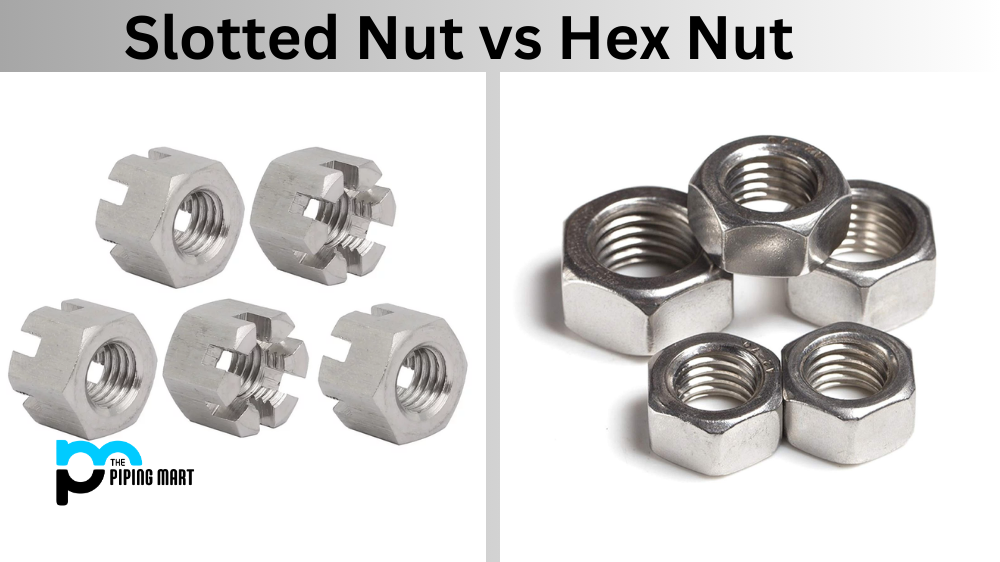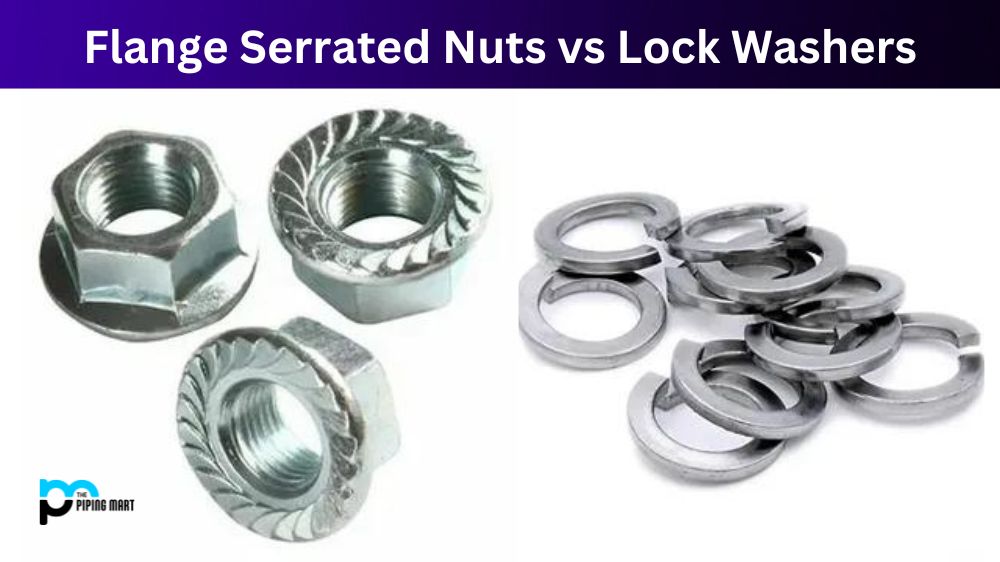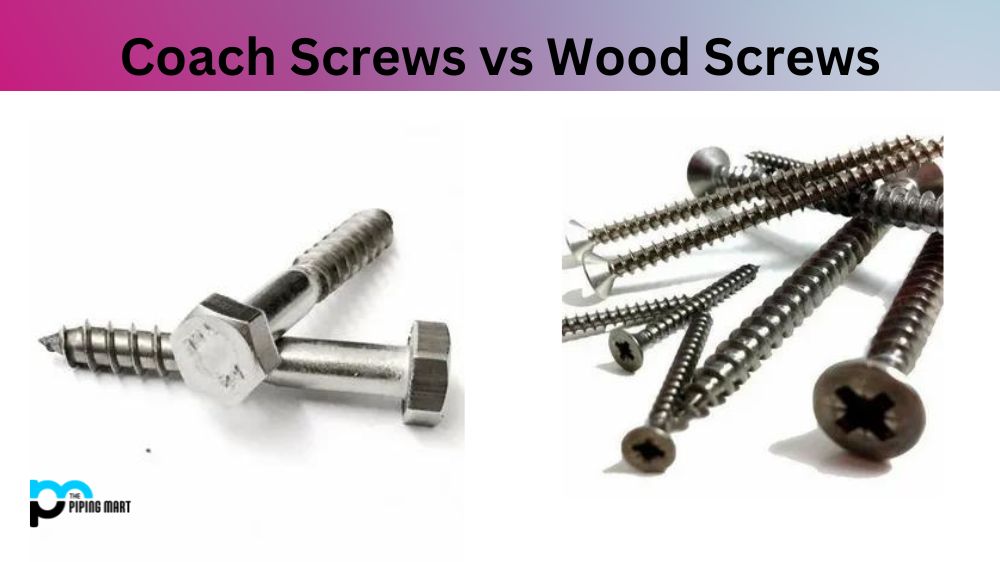Nuts are an essential component of the fastener family and play a vital role in holding objects together. Nuts come in different shapes, sizes, and materials. In this blog post, we will discuss two types of nuts- slotted and hex nut and their differences.
Understanding the difference between slotted and hex nuts is crucial if you’re into DIY projects or work with mechanical instruments. Keep reading to find out more.
What are Slotted Nut
Slotted nuts are typically circular or hexagonal, with a slot running across the side. The slot usually is in the middle of the nut. Slotted nuts have two main advantages over hex nuts. Firstly, they can be secured using a cotter pin. Secondly, they are resistant to loosening due to vibration.
What are Hex Nut
Hex nuts are also circular or hexagonal in shape but do not have any slots. They have six sides and are designed to fit onto a bolt shaft. They have a uniform thread pitch and a standard internal thread size. Hex nuts are most commonly used in construction, manufacturing, and engineering.
Difference Between Slotted Nut Vs. Hex Nut
Shape
The most obvious difference between slotted nuts and hex nuts is their shape. As their name suggests, hex nuts are six-sided or hexagonal, while slotted nuts have a single slot on one side, making them easier to install and remove. The design of hex nuts allows for a tighter grip and more secure fastening of bolts and screws, but slotted nuts, on the other hand, make them a popular choice for applications that require frequent adjustments.
Application
Slotted nuts are great for applications that require quick fastening and removal of nuts and bolts, such as in electrical and plumbing systems. Slotted nuts are also ideal for use when using a tool other than a wrench or pliers. They are commonly used in automotive and aerospace applications for such purposes. On the other hand, hex nuts are commonly used when tensile strength, corrosion resistance, and high heat compatibility are essential, such as in machinery manufacturing, mining, and construction.
Tightening Process
Hex nuts require an open-end or box-end wrench, which provides a better grip and torque to tighten and loosen the nut. Similarly, deep sockets are also used to tighten hex nuts for high-torque applications that require a secure fit. Slotted nuts can be easily tightened and loosened with a screwdriver. However, the drawback of slotted nuts is that they are prone to slipping, which can result in damage or injury.
Cost
From a cost perspective, slotted nuts are cheaper to manufacture compared to hex nuts due to their simple design; hence, they are more commonly used in non-critical applications. Hex nuts, on the other hand, are more expensive. They are made from high-grade materials such as stainless steel, brass, and titanium, making them suitable for demanding applications with high strength and durability.
Safety
The safety factor is critical for nuts, particularly in critical applications. The hex nut design provides a better grip, and the locking system makes them more secure and less prone to slipping. Slotted nuts should be avoided for critical applications as they are more likely to slip off than hex nuts. Slotted nuts also require a specialized tool, which can be inconvenient in an emergency where quick access to tools is of utmost importance.
Conclusion:
In conclusion, both slotted and hex nuts have their advantages and disadvantages. Slotted nuts’ resistance to loosening makes them ideal for applications where vibration is a concern. On the other hand, hex nuts’ excellent gripping strength and compatibility make them more versatile and commonly used across various applications. Selecting the right nut for your application requires careful consideration of the application, the fastener material, thread pitch, and size. Follow the torque specifications and use appropriate installation techniques to secure the nut.
Sakshee is a talented blogger, with a particular focus on the Business and Metal Industry. She is passionate about sharing her insights on various metal products and helping professionals to make a better decisions.




